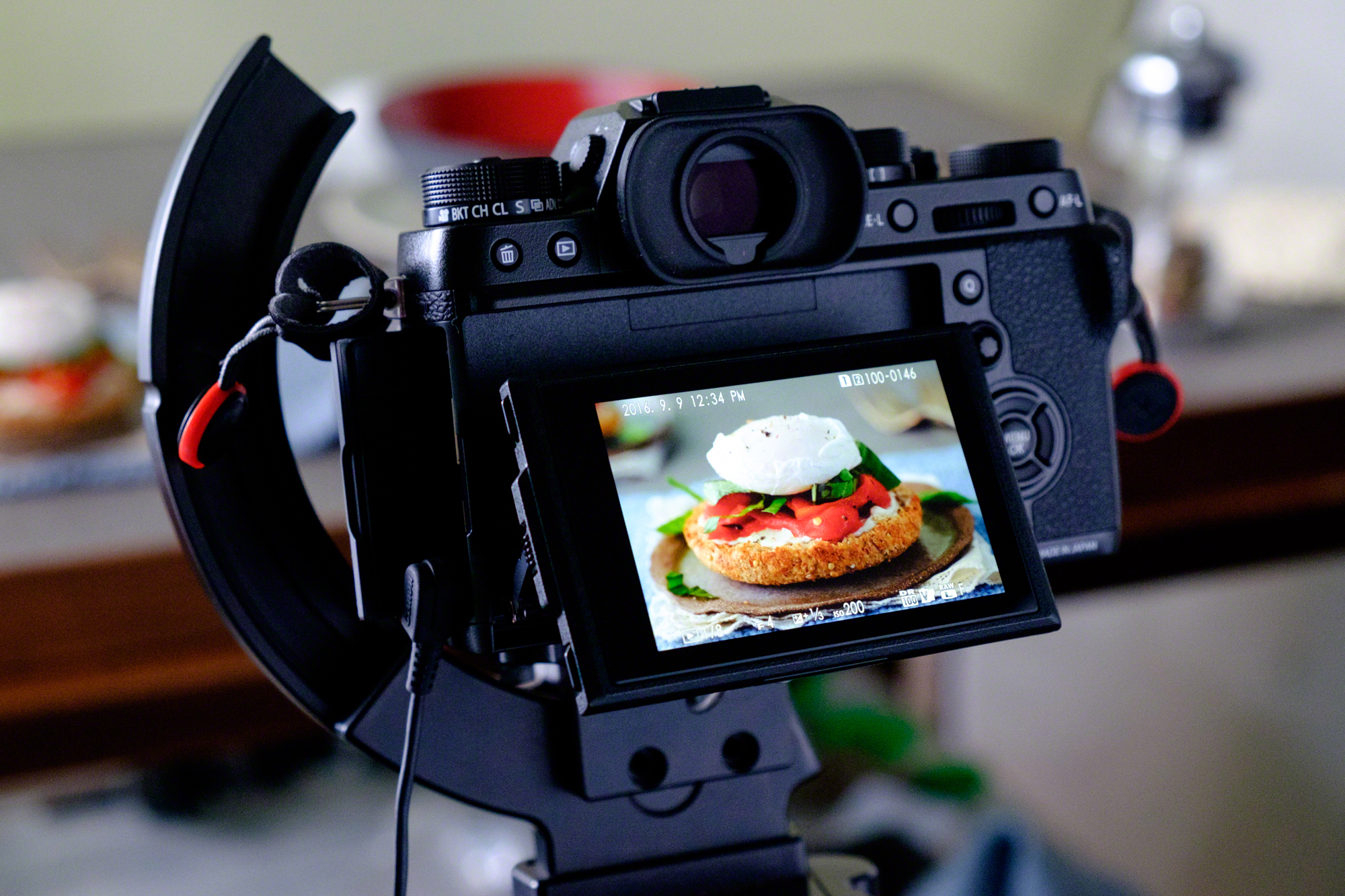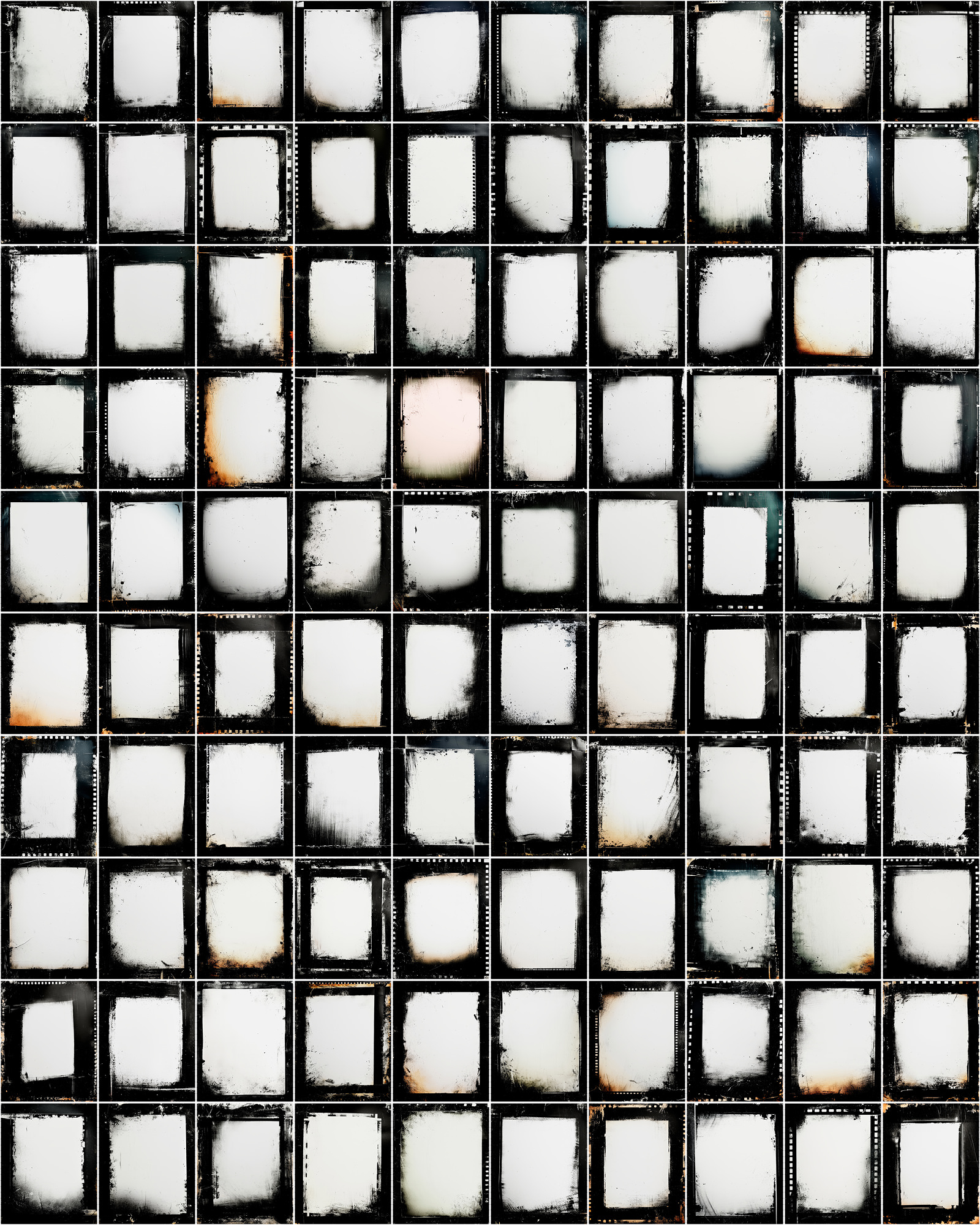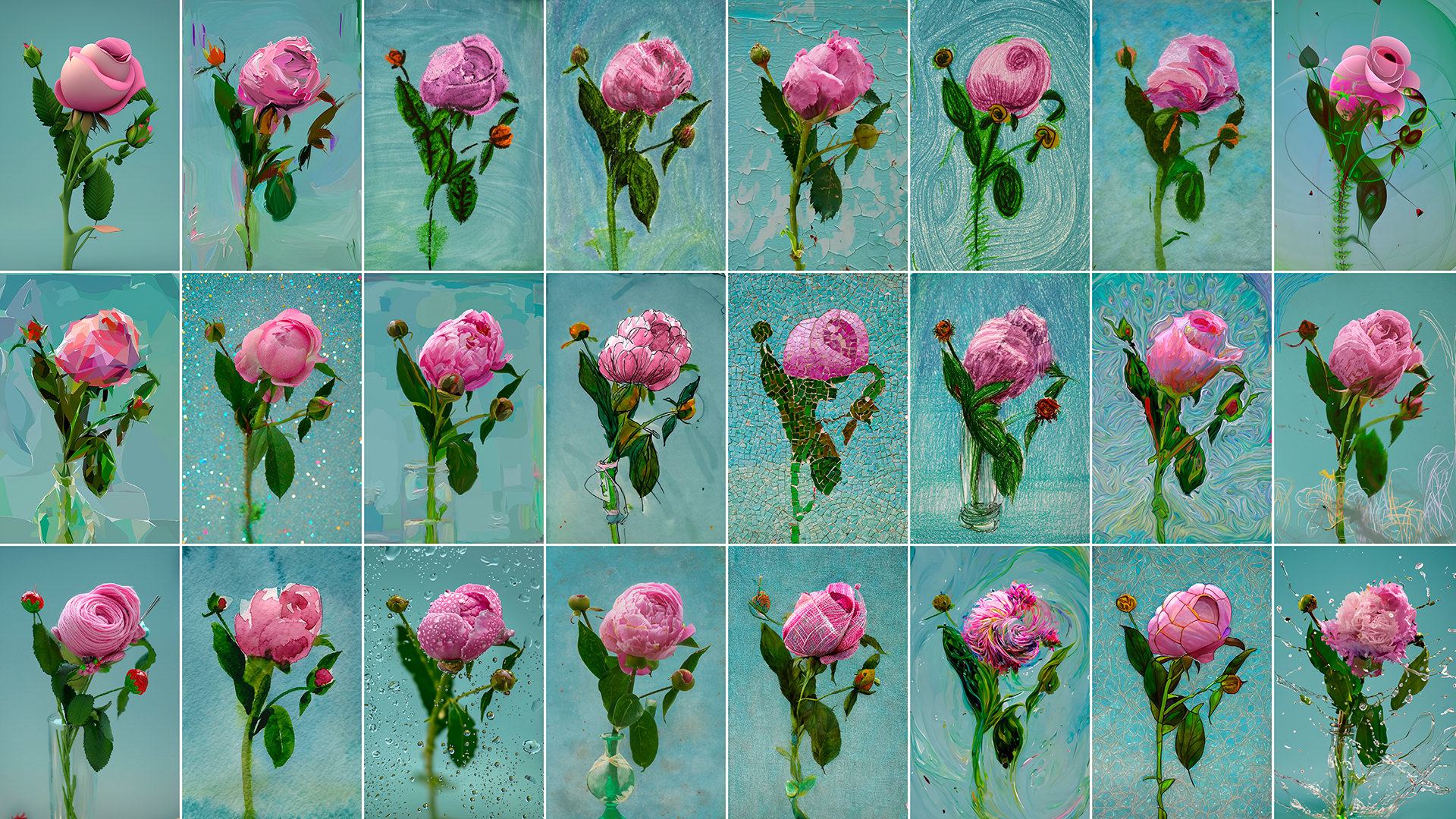I am a very big fan of the Fujifilm X Series cameras and lenses, and so when they announced the Fujifilm X-T2 I pre-ordered almost immediately. I have been using two X-T1 cameras for a few years now, and just love everything about it. The new X-T2 packs a lot of features that I have been hoping for and so I thought I would give it a quick test-drive and share my thoughts here on my blog.
Out of the Box: First Impressions
Like the Fujifilm X-T1, this version is solid, sturdy, and feels good in my hands. The eye-cup is bigger, and the two large knobs on the top are also a little taller, making them easier to grip while changing settings. If you have used an X-T1, then holding this in your hand won’t feel too different, but is definitely updated and refined quite a bit.
As a whole, this camera is an excellent update and has a lot of big and small updates that make it worth the investment. Here are some of the new features that I am most excited about (in no particular order):
Two SD Card Slots
This is probably one of my favorite new features; I just love that this was added. With the two card slots comes the following setting options:
- Sequential: Lots and lots of extra storage space without having to change out cards
- Backup: Redundant backup of my photos (writing the same photo to both cards)
- RAW / JPEG: Writing RAW files to one card and JPEG to another
The setting that I choose will depend on my situation. I think, for now, I’m going to use RAW/JPEG (write RAW to one card and JPEG to the other). I already prefer to photograph in the RAW+JPEG mode so that I can easily transfer photos to my iPhone using the wireless transmitter in the camera, but once I import the images into Lightroom those JPEG files are unnecessary. Using this method means that I will only need to use the SD card with the RAW files to import to my computer.
Vertical Tilt-Screen
I use the horizontal tilt screen with the LCD monitor all the time, especially when my camera is on a tripod. But with the X-T1, when I rotate the camera vertically, I can’t tilt it to view the same as I could with the horizontal setup. Now, with the X-T2 I am able to tilt it in both directions! This might be considered a small upgrade, but it will make a world of difference with my landscape work, and in the photo below you can see me using it with my food photography setup.
Focus Stick
With the X-T1 I was able to create a workaround method to quickly access the focus points by programming the top/down/left/right buttons so that all four were all set to “Focus Area”. This works really well, but it leaves me with four buttons that cannot not be programmed to other settings. With the X-T2, Fujifilm fixed this by adding a dedicated focus lever! Words cannot describe how happy this one tiny toggle has made me.
[/fusion_builder_column]Dial Lock Releases
The lock buttons on the ISO and shutter speed dials were upgraded on the X-T2. Pressing it into the down position locks the dial so it cannot be turned, and pressing it again releases it, allowing them to be changed quickly. This is great for those of us who want to keep the setting locked in place and to prevent unintentionally changing the setting while shooting. It’s also nice that it can be completely unlocked during times when you want to be able to quickly change the setting by turning the knob without anything in the way.
4k Video
I don’t create a lot of video, but every so often I will make a few clips of the scenes I photograph to use in some of my projects. With the X-T2 they added the option of shooting in 4k (3840px x 2160px), which will make a lot of video buffs very happy. One other thing that they did was to make the video mode really easy to access; there is now a little movie icon to the Drive Dial on the top-left, so jumping into video is done with just a quick turn of that dial.
Here’s a short clip of the 4k video in action (warning: it may make you hungry!):
Sample Photos
Here are some straight-out-of-camera full-resolution JPEG files to preview. I added my watermark in Photoshop, and I also use the Velvia film simulation in-camera to add some vibrance to the images. (Click once on an image to view it in the lightbox mode, and then if you want to see the full-size, right-click to view it in a new tab or window.)
- Fujifilm X-T2, Fujinon 18-55mm (39mm), 1/4000sec at f/3.6, ISO-400
- Fujifilm X-T2, Fujinon 18-55mm (25.4mm), 1/4700sec at f/3.2, ISO-400
- Fujifilm X-T2, Fujinon 18-55mm (55mm), 1/4700sec at f/4, ISO-400)
- Fujifilm X-T2, Fujinon 90mm, 1/8sec at f/4, ISO-200
- Fujifilm X-T2, Fujinon 90mm, 1/8sec at f/4, ISO-200
- Fujifilm X-T2, Fujinon 90mm, 1/9sec at f/4, ISO-200
I am a very big fan of the Fujifilm X Series cameras and lenses, and so when they announced the Fujifilm X-T2 I pre-ordered almost immediately. I have been using two X-T1 cameras for a few years now, and just love everything about it. The new X-T2 packs a lot of features that I have been hoping for and so I thought I would give it a quick test-drive and share my thoughts here on my blog.
Out of the Box: First Impressions
Like the Fujifilm X-T1, this version is solid, sturdy, and feels good in my hands. The eye-cup is bigger, and the two large knobs on the top are also a little taller, making them easier to grip while changing settings. If you have used an X-T1, then holding this in your hand won’t feel too different, but is definitely updated and refined quite a bit.
As a whole, this camera is an excellent update and has a lot of big and small updates that make it worth the investment. Here are some of the new features that I am most excited about (in no particular order):
Two SD Card Slots
This is probably one of my favorite new features; I just love that this was added. With the two card slots comes the following setting options:
- Sequential: Lots and lots of extra storage space without having to change out cards
- Backup: Redundant backup of my photos (writing the same photo to both cards)
- RAW / JPEG: Writing RAW files to one card and JPEG to another
The setting that I choose will depend on my situation. I think, for now, I’m going to use RAW/JPEG (write RAW to one card and JPEG to the other). I already prefer to photograph in the RAW+JPEG mode so that I can easily transfer photos to my iPhone using the wireless transmitter in the camera, but once I import the images into Lightroom those JPEG files are unnecessary. Using this method means that I will only need to use the SD card with the RAW files to import to my computer.
Vertical Tilt-Screen
I use the horizontal tilt screen with the LCD monitor all the time, especially when my camera is on a tripod. But with the X-T1, when I rotate the camera vertically, I can’t tilt it to view the same as I could with the horizontal setup. Now, with the X-T2 I am able to tilt it in both directions! This might be considered a small upgrade, but it will make a world of difference with my landscape work, and in the photo below you can see me using it with my food photography setup.
Focus Stick
With the X-T1 I was able to create a workaround method to quickly access the focus points by programming the top/down/left/right buttons so that all four were all set to “Focus Area”. This works really well, but it leaves me with four buttons that cannot not be programmed to other settings. With the X-T2, Fujifilm fixed this by adding a dedicated focus lever! Words cannot describe how happy this one tiny toggle has made me.
[/fusion_builder_column]Dial Lock Releases
The lock buttons on the ISO and shutter speed dials were upgraded on the X-T2. Pressing it into the down position locks the dial so it cannot be turned, and pressing it again releases it, allowing them to be changed quickly. This is great for those of us who want to keep the setting locked in place and to prevent unintentionally changing the setting while shooting. It’s also nice that it can be completely unlocked during times when you want to be able to quickly change the setting by turning the knob without anything in the way.
4k Video
I don’t create a lot of video, but every so often I will make a few clips of the scenes I photograph to use in some of my projects. With the X-T2 they added the option of shooting in 4k (3840px x 2160px), which will make a lot of video buffs very happy. One other thing that they did was to make the video mode really easy to access; there is now a little movie icon to the Drive Dial on the top-left, so jumping into video is done with just a quick turn of that dial.
Here’s a short clip of the 4k video in action (warning: it may make you hungry!):
Sample Photos
Here are some straight-out-of-camera full-resolution JPEG files to preview. I added my watermark in Photoshop, and I also use the Velvia film simulation in-camera to add some vibrance to the images. (Click once on an image to view it in the lightbox mode, and then if you want to see the full-size, right-click to view it in a new tab or window.)
- Fujifilm X-T2, Fujinon 18-55mm (39mm), 1/4000sec at f/3.6, ISO-400
- Fujifilm X-T2, Fujinon 18-55mm (25.4mm), 1/4700sec at f/3.2, ISO-400
- Fujifilm X-T2, Fujinon 18-55mm (55mm), 1/4700sec at f/4, ISO-400)
- Fujifilm X-T2, Fujinon 90mm, 1/8sec at f/4, ISO-200
- Fujifilm X-T2, Fujinon 90mm, 1/8sec at f/4, ISO-200
- Fujifilm X-T2, Fujinon 90mm, 1/9sec at f/4, ISO-200

Nicole is a photographer, published author, and educator specializing in Lightroom, Photoshop, and photography. She is best known for her books on food photography but is widely versed in various photographic genres, including landscape, nature, stock, travel, and experimental imagery.
























Looking forward to getting my X2 on Monday…ordered from Adorama and today I got the grip and batteries in the mail but not the camera…so I’ll try to wait patiently until Monday.
Thanks for your thoughts and insights. Your foodphotos and the Video look so delicious!
Are you using specific settings? Which lens?
Regards, Friedemann from unsermeating.wordpress.com
Thanks! I updated the photos with lens info and settings.
Thanks for the helpful review. I just switched from Nikon to Fuji and so far I’m really enjoying the XT2.
What is the device you are using to rotate your camera from landscape to portrait?
Best,
Dave
That’s a Custom Bracket, here’s the link: http://amzn.to/1Nq9SrH
Thanks for the review. I’m considering converting from Canon FF to this system. Have you used manual focus? I’m used to using a joystick (as is now on the X-T2) to navigate within the frame and then press a button to get 10x magnification to allow critical focusing – this is all on the LCD when tripod mounted. Can this be done? I haven’t seen this mentioned in any review of this camera.
Thanks,
Paul Osgood
I forgot to mention that I sometimes want to focus at the very bottom of the image (more often for vertical than for horizontal). I’ve read that the phase detection autofocus points only cover the central 40% of the image (75% of the vertical and 50% of the horizontal). I’m hoping that on manual focus I can use the joystick to move the magnification point to the edges of the frame. The reason I want to focus on the edge is when I’m using a very wide angle and up close, I’ll sometimes need to use focus-stacking. In this case I take the first frame focused close and then manually take subsequent frames focused increasingly further.
Hey Nicole! Thanks for the info. How do you compare the Fuji with the Sony A7RII? I am about to get a new camera and Fuji wasn’t even on the list so now I am back into doubt :p
I’m just saving up for it atm, I have the X-T1 and I do love it as if was my own child, but the X-T2 does some things that are harder to achieve with the X-T1.
Great shots, it’s also good to see that Fuji have tweaked their Velvia film simulation. A lot more balanced now.
Hi. Thanks for the interesting article. I had the opportunity to test an X-T2 for a couple of minutes and noticed that it got warm at the bottom and on the hand grip (shooting photos). Any experience with this issue?
I just got mine! Now I am anxiously waiting for you to write a book about the XT-2.
Nicole, which software are you using on your images for post processing? Lightroom or one of the others- Capture One or Iridient?
I use Lightroom for Raw processing. I also use ON1 Photo for “finishing” (final edits, etc.). Everything you see here is Lightroom-only and/or SOOC.
Just wondering what your thoughts are when using this camera for landscape’s IQ. Everything about the camera, particularly the 24.3MP and focus toggle seems like an easy switch from my Nikon D750.
I’ve been using the X-T1 for landscapes for some time now and love it, and the X-T2 is even better (focus toggle, vertical tilt screen, etc.). Plus it’s much smaller and lighter than DSLRs which makes it great for hiking around.
Nicole, do you use Fuji’s APS-C exclusively instead of a full frame camera? Also does the flip screen work for portrait position?
I use the Fujifilm camera for all of my “land-based” work; I still use my Canon 5D3 for underwater (mostly because there are very few/no options for Fujifilm camera housings, and it would be tricky with all the manual knobs).
And yes, the flip-screen works vertically, there’s a photo showing it in the post above (near the top).
Thanks Nicole. Love your work. Just not sure ’bout going completely away from full frame. Sony’s 7r II (with 24-70mm) is too fiddley and expensive, and about the same weight as my nikon D750 (with 24-120mm). I will have to rent the XT2 to check it out. Just want more pixels than my lovely Olympus OMD 5II can pump out. BTW I used to use a Nikonos V film camera for my dives back in the 90’s. Fun stuff.
Hi Nicole, I just discovered your blog and truly admire your work. I have a Fuji XT1 that I absolutely love ( holding out for the XT2 until the silver graphite comes out!) and have become really interested in food photography. Would you recommend Fuji’s 60mm or 90mm lens? Thanks!
Hi Michelle! I completely understand with the X-T2 graphite version … I am certain I will get one as well when/if they are ever released! :)
As for the lenses, that’s a tough call. I have only borrowed those lenses (don’t own them yet), and they both are really good for food. Personally I am holding out for the upcoming 80mm macro … it’s a nice “in-between” and covers both bases (focal length + macro). I know that’s not much help :D If you are determined to get a lens now, then you can always rent! That’s what I like to do when I don’t know if a lens is right for me just based on its specs.